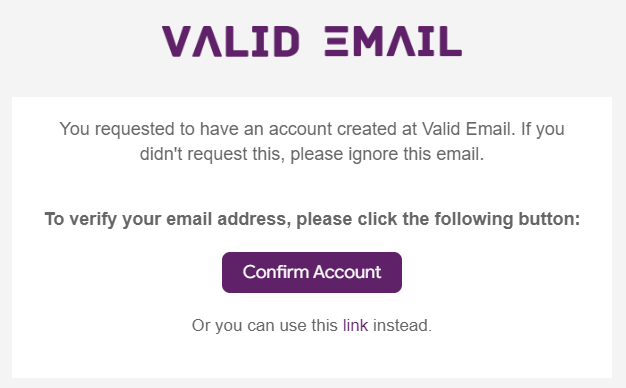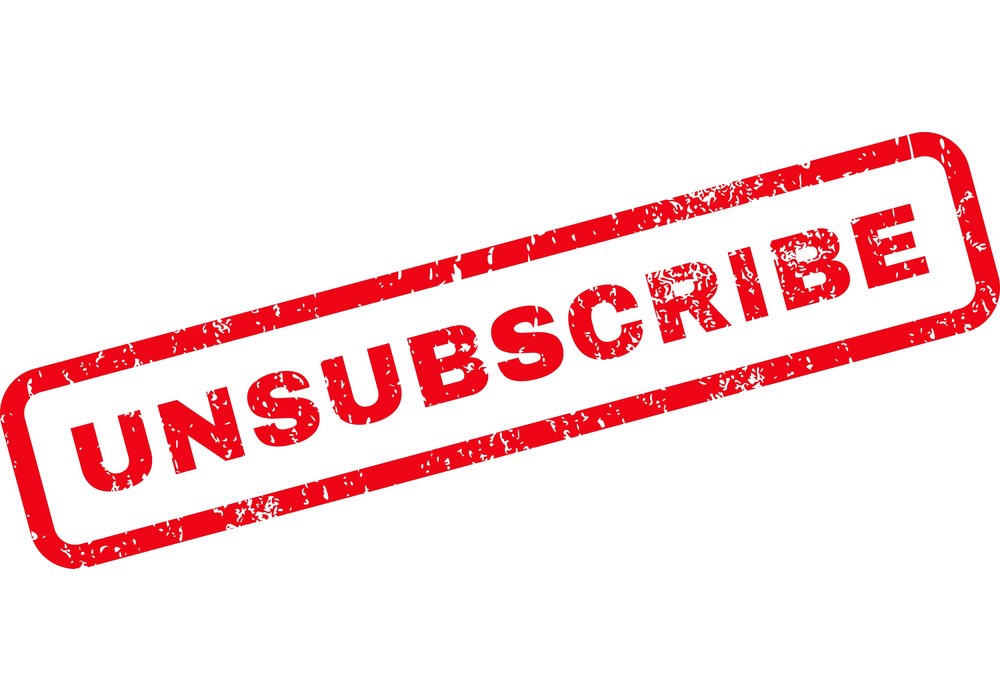Email List Cleaning
TL;DR:
Email list cleaning is crucial for effective email marketing, eliminating obsolete and inactive contacts, improving open rates, and reducing spam risk. Strategies like double opt-in, list segmentation, and bounced address removal are essential for maintaining a high-quality list and enhancing subscriber interaction.
Adding subscribers to your email list and establishing consistent interaction with them are the goals of email marketing, aiming to build brand loyalty, boost sales, and provide relevant information.
However, what if your open rate barely reaches 5%, and only a few hundred people are genuinely interested in your content, despite meticulous attention to subject lines, content brainstorming, and crafting compelling CTAs? It's disheartening to see your money and hard work go to waste.
Therefore, if your email list has spiraled out of control and your email metrics are declining, it's likely time to clean it up.
This post covers the intricacies of email list cleaning along with helpful suggestions for expert email list cleaning services to help you develop a high-quality list of subscribers interested in hearing from you.
Email List Cleaning: What Is It?
Email list cleaning involves keeping your email contact list up to date by removing old and inactive contacts and paying attention to recipient preferences. Maintaining good email hygiene will help you communicate with your contacts more successfully and prevent your emails from being marked as spam.
Why Is Cleaning Your Email List Necessary?
The lack of data cleanliness in your email list has several detrimental effects. The good news is that you can greatly reduce the likelihood of your emails being marked as spam by regularly cleaning your email list and practicing excellent email list hygiene.
- It helps establish deeper connections with your customers by increasing overall email engagement rates.
- It allows you to focus on customers or subscribers who have shown interest in your offering.
- It increases conversion rates and fosters a more active community, all of which translate to happier customers and more sales.
- Fewer bounces from invalid email addresses mean your sender reputation improves, benefiting the delivery capability of your subscriber base overall.
Email list cleaning is a unique method with many advantages. Even with all these benefits, you risk losing a lot if you don't continue to purge your email lists. This includes your sender reputation and the ability to connect with subscribers, even the most active ones!
One of the biggest hurdles to email marketing success is the caliber of your email list.
So, How Can You Clean Your Email List?
Now that you're aware of the importance of routinely cleaning your email lists, use these best practices to maintain list cleanliness over time.
Use Double Opt-In
- You are authorized to send emails to the contacts.
- You can be confident that your email list does not contain addresses with typographical or syntactic problems.
Survey Your Subscribers
- a survey among subscribers
- asking subscribers for their opinion on a recent action you've taken
- requesting in the email that recipients set their preferences for correspondence.
Segment Your Email List
Remove Bounced Email Addresses
Make Unsubscribing Easy for Subscribers
One advantage of employing a double opt-in procedure is that it requires users to verify their subscription to the email list. This ensures two things:

Sending emails with a link that requires subscribers to click to confirm they are aware they have joined your email list is known as double opt-in.
If engagement rates on your email list are low, you may wonder if your subscribers are no longer motivated to respond to your emails or if they simply aren't interested in the material you're sending them. Asking your subscribers can help you determine this more accurately than assuming anything. Here are some effective tactics you can use:
It's essential to use techniques to capture new or disengaged subscribers, but it's also a bad idea to ignore your current audience. Every year, email databases deteriorate by approximately 22.5%. Therefore, asking your subscribers about their interests during the registration process, asking them to set their preferences, or sending them a survey are some smart approaches to better understand your subscribers if you find that your active subscribers are no longer interested in your material.
You can segment your email list and tailor your messages to the specific interests and preferences of each of your contacts by collecting this information.
If your email doesn't deliver, a mail server will send you a bounce email. There are two types: soft and hard, but the result of both is that your emails don't reach the intended recipients.
Soft bounces may be less dangerous than hard bounces; the latter indicate that your emails couldn't be delivered for irreversible reasons, such as incorrect addresses or recipients blocking your messages, among other things.
Once the issue is resolved, you can stop sending emails to addresses rejected by soft bounces; those rejected by hard bounces should simply be removed.
It's common for marketing professionals to lose sleep over the performance of their email campaigns. However, what if you could test your emails before sending them to real recipients? Valid Email, as an email testing tool, achieves precisely that. Before sending your emails to real recipients, you can test and improve them using Valid Email, which collects your emails in a simulated inbox. This tool will assist you with a range of things, including email deliverability testing. The Valid Email API allows you to automate the testing process, further simplifying it.
Encouraging subscribers to stay on the list by making unsubscribing difficult is unethical and often counterproductive. Your sender reputation will suffer greatly if your subscribers mark your emails as spam.
Having an easily locatable unsubscribe button and a one-step opt-out process will build trust among your subscribers. Moreover, there's usually nothing to fear if your content is excellent.

Professional Tips to Ensure Your Email List Is Completely Clean
You should start pruning your email list immediately if you haven't already done so. Here are some professional tips to ensure your list is squeaky clean.
- First, examine your most active lists.
- Remove/Combine Duplicates
- Eliminate Spam Email Addresses
- Correct Obvious Typographical Errors
- Enter Data in the Appropriate Field
Start with the list of contacts you interact with most frequently when beginning email cleaning.
Occasionally, people overlook the fact that they've signed up for an email list. They then sign up again on the website after rediscovering it. Duplicates enter your email list this way. You risk having emails go to spam folders and losing some of the most crucial email metrics when you send emails to duplicate email addresses.
Spam email addresses are easily recognizable because they look absurd, but they can also surprisingly resemble names or terms of well-known companies, giving the impression that they are real. Here are some examples of spam in action:
@gmail.com/abcdasjf87232ksdjf0
However, many email validation services can remove these email addresses for you, saving you the hassle of doing it yourself.
In large email lists, there are often errors. You can correct obvious typographical errors. For example, if you find xyz@gmial.com, you can change it to xyz@gmail.com. Although a name may sometimes look strange, it doesn't always indicate that the email address is invalid.
An email address entered in the postal address section will prevent your email marketing from reaching that contact. To use the data efficiently, ensure all contact information is in its correct location.